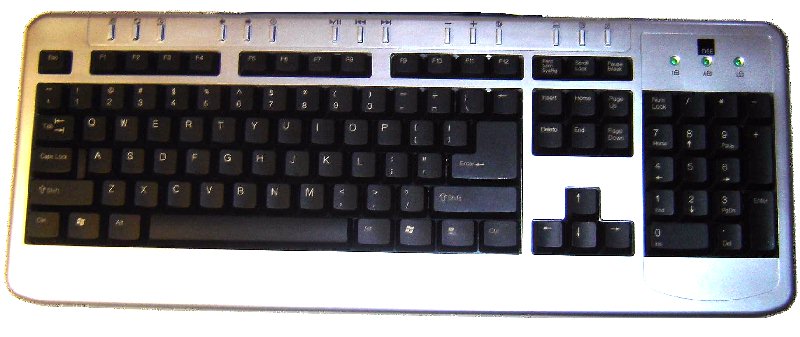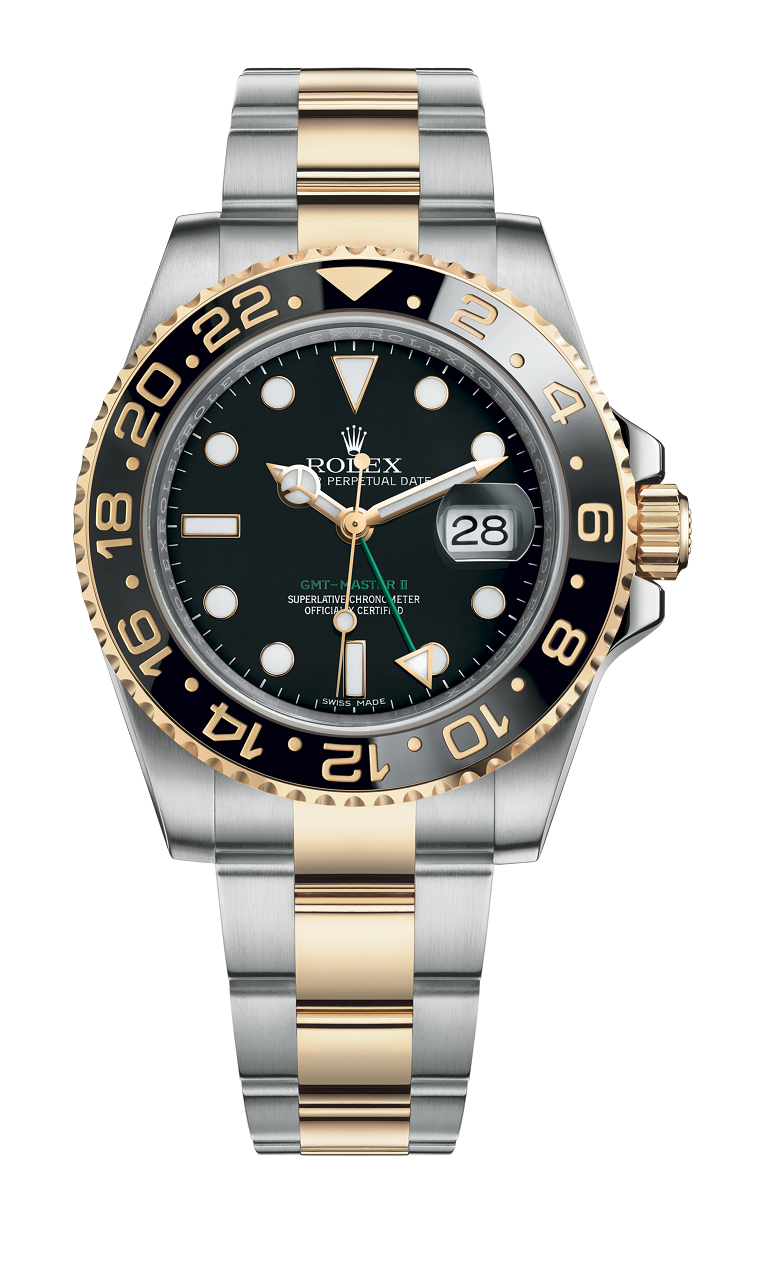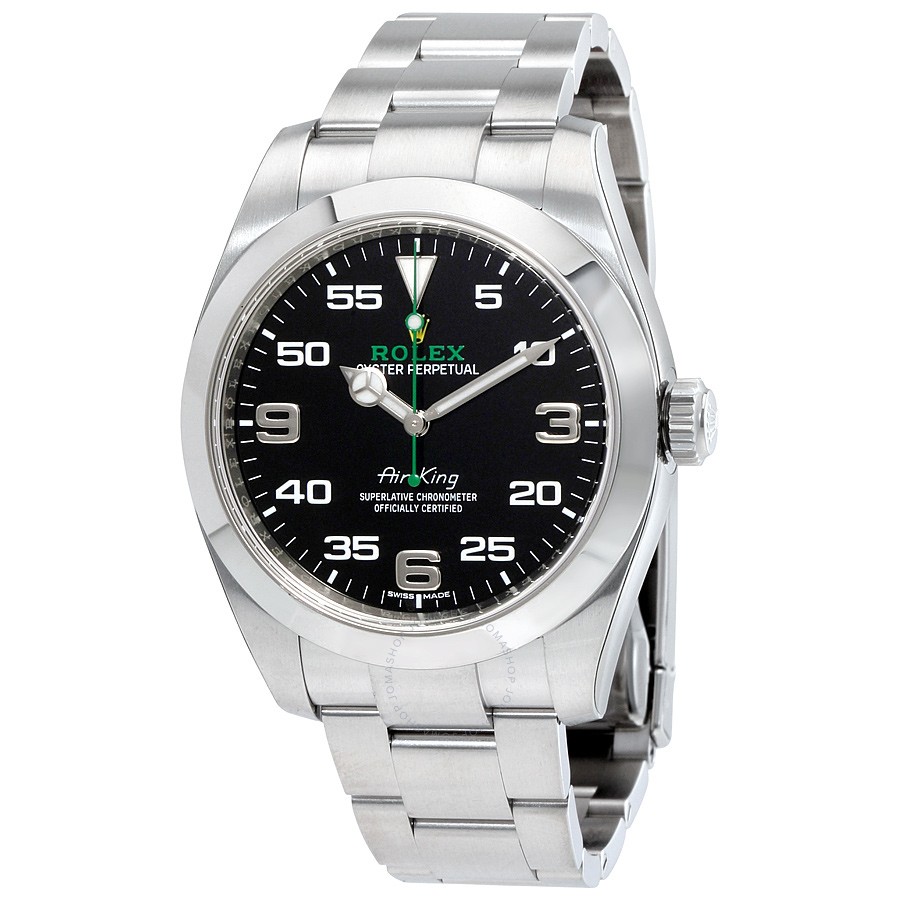Categories
- Adaptors Connectors (31)
- Antennas-> (79)
- Bargain Bin (13)
- Brackets (19)
- Cable & Leads-> (48)
- Chargers (12)
- Computer & Media (12)
- Cradles & Mounts (13)
- Electrical (16)
- FREEBIES! (4)
- Fuses (4)
- iPhone Repairs (1)
- Microwave Parts (27)
- Mobile accessories (7)
- Mobile Handsfree (11)
- Mobile Phones (4)
- Tools (18)
- Watches - Clocks (11)
- Gift Certificates (5)
- Specials ...
- New Products ...
- Featured Products ...
- All Products ...
Important Links
Information
Have you seen ...
Manufacturers
Specials [more]
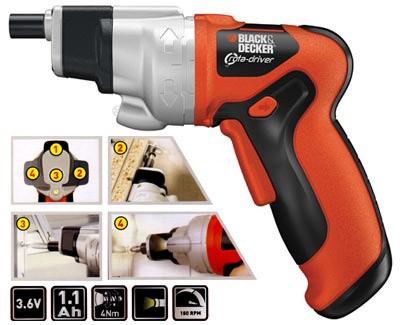
Black & Decker Re-Chargeable Li-Ion cordless screw driver.
Save: 10% off
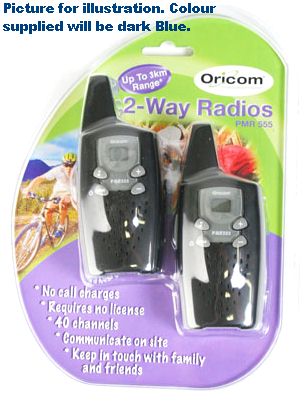
ORICOM 2-WAY RADIO WALKY-TALKY. PMR-555
Save: 12% off
Sponsors
Antenna Information
What's the difference between 0dB/unity, 3dB, 5dB etc. gain?
0 dBd gain antenna radiates more energy higher in the vertical plane to reach radio communication sites that are located in higher places. Therefore they are more useful in mountainous and metropolitan areas with tall buildings. A 3 dBd gain antenna is the compromise in suburban and general settings. A 5 dBd gain antenna radiates more energy toward the horizon compared to the 0 and 3 dBd antennas to reach radio communication sites that are further apart and less obstructed. Therefore they are best used in deserts, plains, flatlands, and open farm areas.
We do not stock 0dB antennas, your mobile phone would already have a similar devise fitted. The smallest dB we have is about 2dB.
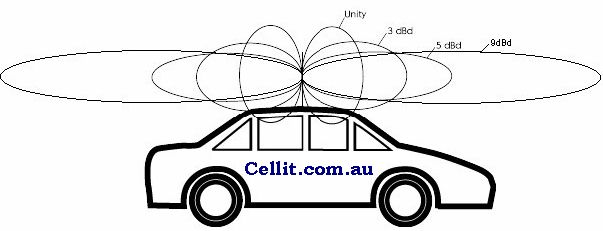
Reception is poor inside my home or office. Can I use an antenna made to be mounted on a car?
Yes, most cellular and digital antennas are manufactured for use on cars and trucks. The metal in a car or truck body acts a ground plane for the antenna. To get the most from your antenna, you should supply a ground surface if using the antenna away from the vehicle. Many of our customers have had good success using these car antennas inside their home without a ground plane but we recommend providing a ground plane such as putting the antenna on top of a piece of metal (about 200mm x 200mm would be fine) and placing outside or near a window. (Note: Due to different building construction, not everyone can get reception improvement from placement of the antenna inside.) We also carry antennas with a built in ground plane such as the Heavy Duty Antenna which can be mounted on a pole outside your home or office.
I'm in a basement with no windows and no signal. What are my options?
Some of our customers have seen increases in signal strength by just connecting an antenna to their phones and placing the antenna as high as possible. We would recommend getting it as close to the outside as possible without adding to the cable length. (Note: Due to different building construction, not everyone can get reception improvement from placement of the antenna inside.)
I need an antenna with a 30mtr cable?
Adding to the cable length will greatly reduce the signal getting to your phone. As a general guide, you'll lose about .3db gain for each additional meter of cable with analog networks and 0.45db gain in digital. You'll also lose about 0.1db gain for each additional connector you use.
Can I install a glass mount antenna myself?
Since glass mount antennas are glued to your cars glass (making them a non returnable item) and the antennas cable is a little harder to run inconspicuously through the car's interior, we would recommend professional installation for the inexperinced. However it can be accomplished with a bit of effort, we supply additional adhesive pads at $1 ea. for the inexperinced! You also need to consider window features that can block your signal such as tinting, defroster wires, and passivated glass (glass impregnated with tiny metal particles that render the glass incapable of coupling RF between the inside and outside couplers).
How can I tell if the glass on my vehicle is suitable for on-glass antennas?
First, look near a corner of a window for words that mean "sun", relate to sun, or refer to ultraviolet or other forms of radiation. If you find terms like "Soft-Ray", "EZE-Cool", "Solar-Coat", "Solar-Cool" or similar terms, your glass is probably passivated and won’t work with on-glass antennas. If you want to be 100% certain, and you don’t find helpful words on the glass, ask a 2-way or mobile phone shop technician to test your glass with a capacitance meter.
How does a glass mount antenna attach to the glass?
One portion of the antenna is glued to the outside of the glass and another is glued right behind it on the inside of the glass. (We supply double sided adhesive pads) The signal is transmitted through the glass.
Since the glass mount antenna has to transfer the signal through the glass, does that mean it is not as powerful as the magnetic mount antenna?
No, the glass antennas are already rated as passing the signal through the glass.
I have window tint on my rear window. Will this interfere with the antenna?
If metal is used to tint the glass, it will interfere. Many professional installers will cut off a piece of the tint so that it does not interfere with the antenna.
General Information
External Antennas connected to mobile phones, (CDMA, GSM) greatly increase signal output, or propagation to the cell site tower. The improvements in signal pattern, strength, and effective range can be dramatic. Using an external antenna adapter (Patch Lead) will allow connection to any external antenna. The mobile phone can be connected to an antenna on top of the car, truck or even a filing cabinet at the office. Or connect to a marine antenna up 20 feet on the boat. Or connect to a directional antenna outside the home or factory to beam to adistant cell site. Plus, battery power is extended and radiation is kept away from the user. Below, in various paragraphs are the details wanted by users so they can also improve their antenna performance.
ANTENNA PERFORMANCE WITH STANDARD ANTENNA
Most phones on the market today may have a very well designed antenna on top of them but they are usually performing with a gain of -3 to as much as -15, that's negative 3 to 15 dBd using a dipole or quarter wave as rough reference point. The lower number could be the phone as a stand alone item and the highest negative numbers come when the phone is in your hand and one inch from your head. Not to mention the radiation pattern which is far from omni-directional, PLUS the polarization is not vertical, which is what the cell site prefers. And don't forget, on top of all that you may be inside a metal roofed car!
As we can see, signal propagation off the top of a portable phone can be pretty bad. Fortunately though most users are working well with on-phone antennas because of the coverage enjoyed in urban areas. Today, cell sites are covering the land and providing a nice blanket of signal coverage. BUT, there are lots of exceptions to this good coverage.
EXTERNAL ANTENNAS: ADVANTAGES
The antenna placed away from the phone and in the clear will provide enough performance to increase usable distance between 5 and 80 kms. Small 100mm tall magnetic (0dB gain) antennas are at the low end of this distance estimate and 8-element directional (9dBd) can be at the high end. While the Panel antennas are for fixed locations and provide terrific gain in one direction, the popular external antenna is a magnetic based or glass mounted antenna on the car. This type will be address here.
We would never really state an exact distance increase because it is all very dependent on conditions that are changing constantly. For example cell-site tower distance, site antenna height, design, type of terrain and placement and efficiency of the external antenna. We can safely say that, the external antenna will provide a vertically polarized, omni-directional signal at 0 (zero or unity) gain up to 7dBi (5dBd) which will be a noticeable and effective signal increase. Depending on the phone and what antenna is used outside the car, signal improvement should be on the order of 6 to 20dB less approximately 1 dB for cable losses to the antenna. This equals, anywhere from triple to 5 times the power (on the horizon) that was being radiated by the phone-top antenna!
EXTERNAL ANTENNAS: AUXILIARY ADVANTAGES
Use of an external antenna will keep the signal radiation away from you. Instead of radiation 20mm from your head (ruining the signal pattern) you will be sending your signal out to where it works best. This also addresses the safety concerns of radiation so close to the head.
Use of the external antenna can greatly increase battery life! Your phone has 7 output power steps. It is instructed by the cell site how much power to put out between approximately 1/20th of a watt to the full power 6/10ths of a watt. If you are using the external antenna in a moderate to good signal coverage area, your phone will power down because of the increased antenna efficiency.
EXTERNAL ANTENNAS: CONNECTIONS
The best way to get the signal out of the mobile phone is by using a "Car Kit" or "Hands Free" kit selecting the model with RF out or RF interface for antennas. Sometimes the RF version costs substantially more or is not offered, or the user wants total freedom instead of placing the phone in a cradle or holder. CobWebz.com carries cables (external antenna adapters) which can connect directly to the phone. These cables, approx. 200mm - 600mm, is where one end plugs into the phone's antenna and the other end provides a popular coaxial connector (TNC, FME, Mini-UHF are examples) receptacle to allow a thicker, lower loss cable going to the cellular antenna, to be connected. The thinner 2.5mm (RG-174) cable near the phone allows free movement and is not as restrictive as the 5mm (RG-58) cable supplied with most antennas.
EXTERNAL ANTENNAS: AVAILABLE CONNECTIONS
Some phones have the tiny "coaxial" jack as part of the multi-pin connector block inside the bottom of the phone. Our connector will plug into that and use only the coaxial pin while the other pins are blank and not used. In this case you would not be able to connect another one there to access audio, charging or data pins. For some phones we offer a combination charging/antenna plug as a unit. But remember, external antenna usually means longer battery life due to lower RF output in moderate to good coverage areas. Phones in this category are the families of Nokia 2120/2160 etc., Mot StarTAC, Elite, Ericsson 738, Sony 100 etc.
The other type of output on phones places the RF jack all alone usually on the back near the top but it can be on the bottom or side near the bottom. This stand-alone RF jack will not interfere with the multi-pin at the bottom. Examples of this are the Ericsson 300 or 600 (non retractable antenna types) and the Nokia 6100/5100 series.
A Universal Patch lead is also available for mobile phones that do not have an output. It consists of a Velcro patch adhered to the phone near the internal antenna
Choosing an Antenna:
Terrain can have a lot to do with selecting the right antenna. For flat, more open areas, look for higher gain antennas in the 3db to 9db range. They have flatter, wider radiation patterns. For more hilly areas or areas with obstructions such as trees or buildings, consider a lower gain antenna in the 0db to 3db range. If you travel within different types of areas, consider a 3db to 5db range antenna.
5db Gain Antenna: This is a very popular and effective antenna. It's a little large (up to about 400mm.) and comes with a magnetic base or glass mount. This antenna will increase your range in more wide open, flat rural areas and is great for the traveler. If you plan to use it away from the car, we recommend providing a ground plane such as setting the antenna on a piece of metal or metallic tape. If you plan to use it away from the car, we recommend providing a ground plane with magnetic mounts such as setting the antenna on a piece of metal, filing cabinet or metallic tape. Glass mount antennas should be used on cars, trucks and vans only. The glass chosen to mount this antenna on should be non tinted and not contain metals which can reduce it's effectiveness.
3db Gain: If the 5db gain and Heavy Duty antennas are too tall, select this antenna. It also comes with a magnetic base, glass mount, panel mount, boot lip mount and window lip mount, also the recently designed 'patch'. This size antenna will increase your range in more open areas. If you plan to use it away from the car, we recommend providing a ground plane such as setting the antenna on a piece of metal, filing cabinet or metallic tape. Glass mount antennas should be used on cars, trucks and vans only. The glass chosen to mount this antenna on should be non tinted and not contain metals which can reduce it's effectiveness.
The smaller internal glass mount antenna at 2.5dB is ideal for the temporary urban solution
Below is a guide to help you clarify which type of antenna you require for network frequencies, this is for Australia, though Europe, New Zealand etc are all similar.
800MHz. = CDMA
850MHz. = Next-G
900-1800MHz. = GSM ( U.S.A. & Canada = 850-1900MHz.)
1800MHz. = 4G LTE
2100MHz. = 3G (Note: Telstra's Next-G network piggy backs onto 3's 3G network if & when available)


